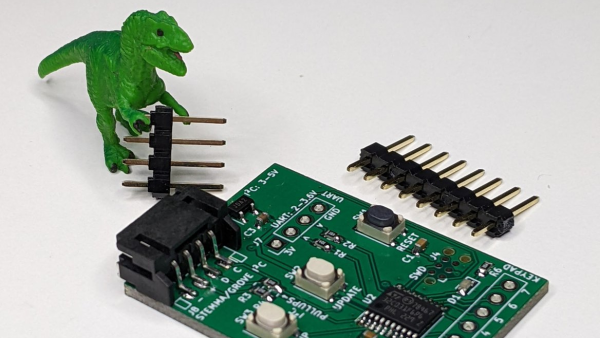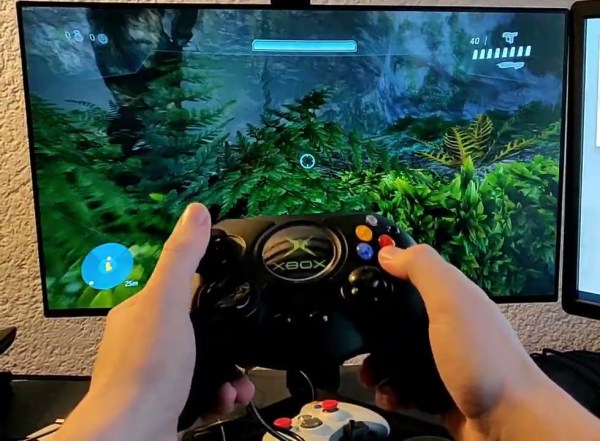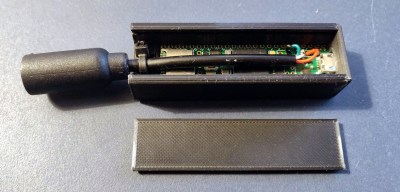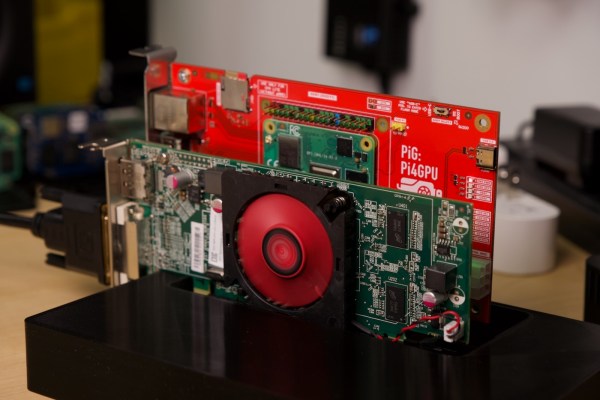Are you a developer or experimenter pondering options for text entry in virtual or mixed reality? If that’s the case (or you’re merely curious) then here’s the resource you need: TEXT, or the Text Entry for XR Trove. It’s a collection of all the things people have tried when it comes to creating text entry interfaces for virtual and mixed reality (VR/MR) systems, all in a searchable list, complete with animated demonstrations.
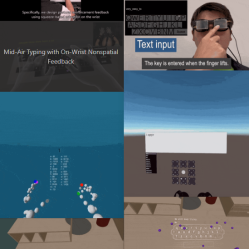
VR and MR are new frontiers, and optimal interfaces are still very much a work in progress. If one wishes to avoid reinventing the wheel, it’s a good idea to research prior art. This resource makes it very easy to browse all the stuff people have tried when it comes to text entry.
It’s also fun just to browse and see what kinds of unusual solutions people have come up with that go pretty far beyond “floating over-sized virtual keyboard”. Lenstouch for example involves tapping directly on the touch-sensitive front of the headset, and PalmType reminds us somewhat of the Palm Pilot’s Graffiti system.
It’s a treasure trove of creativity with a nice, searchable interface. Have you come up with your own, or know of a method that isn’t there? Submit it to the collection so others can find it. And if you’re in the process of cooking something up yourself, we have some DIY handwriting recognition resources you might find useful.




